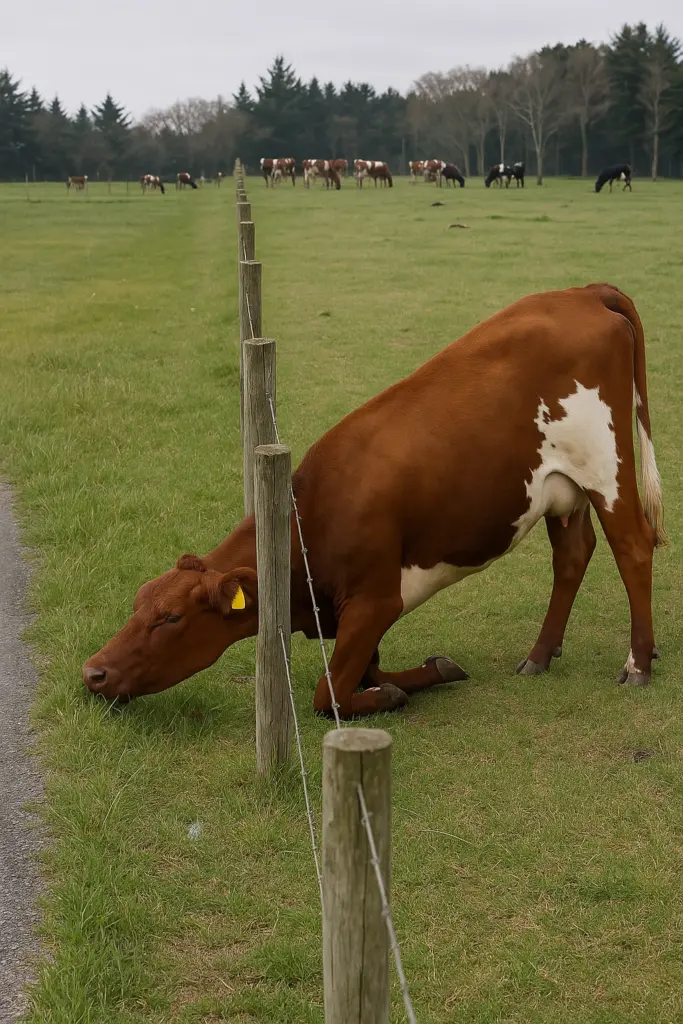25 Tips for a Lasting Relationship
Timeless Wisdom for Love That Endures

“When a man opens a car door for his wife, it’s either a new car or a new wife.”
— unknown
If you are in a relationship, here are some tips to staying in that relationship:
Always put her first — before work, friends, even basketball. Act as if she’s the best thing that ever happened to you, because we all know she is.
Keep no secrets. Pool your money. Allow nothing and no one to come between you.
Pick your fights with care. Play fair. Show some class. Hurtful words can be forgiven, but they’re hard to forget.
Fall in love again every day. Kiss her in taxis. Flirt with her at parties. Tell her she’s beautiful. Then tell her again.
Never miss an anniversary or a birthday or a chance to make a memory. Memories may not seem important now, but one day they’ll be gold.
Never give her a practical gift. If she really wants a Shop-Vac, let her pick it out herself.
Go to church together, and pray every day for each other and your marriage.
Pay your bills on time and make sure you each have a living will, a durable power of attorney and life insurance, lest, God forbid, you need them.
Love her parents as your own, but don’t ask them for money. Never criticize her family or friends. On her birthday, send flowers to her mother with a note saying, “Thank you for giving birth to the love of my life.”
Always listen to her heart. If you’re wrong, say you’re sorry; if you’re right, shut up.
Don’t half-tie the knot; plan to stay married forever.
Never go to bed mad; talk until you’re over it, or you forget why you were mad.
Laugh together a lot. If you can laugh at yourselves, you’ll have plenty to laugh about.
Never criticize, correct or interrupt her in public; try not to do it in private, either.
Remember that people are the least lovable when they are most in need of love.
Never fall for the myth of perfectionism; it’s a lie.
When you don’t like each other, remember that you love each other; pray for the “good days” to return and they will.
Tell the truth, only the truth, with great kindness.
Kiss at least 10 seconds a day, all at once or spread out.
Memorize all her favorite things and amaze her with how very well you know her.
Examine your relationship as often as you change the oil in your car; keep steering it on a path you both want it to go.
Be content with what you have materially, honest about where you are emotionally, and never stop growing spiritually.
Never raise your voice unless you’re on fire. Whisper when you argue.
Be both friends and lovers; in a blackout, light a candle, then make your own sparks.
Finally, be an interesting person, lead your own life. But always save your best for each other. In the end, you will know you were better together than you ever could’ve been apart.
Communication
Listen deeply, speak kindly, and remember that how you say something matters as much as what you say.
Commitment
Choose each other every day, prioritize your relationship, and approach challenges as a team.
Romance
Never stop dating each other, express your love daily, and keep the spark alive through thoughtful gestures.

